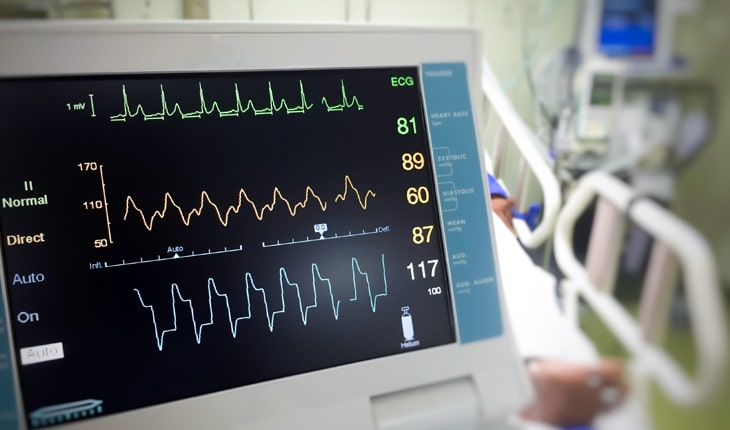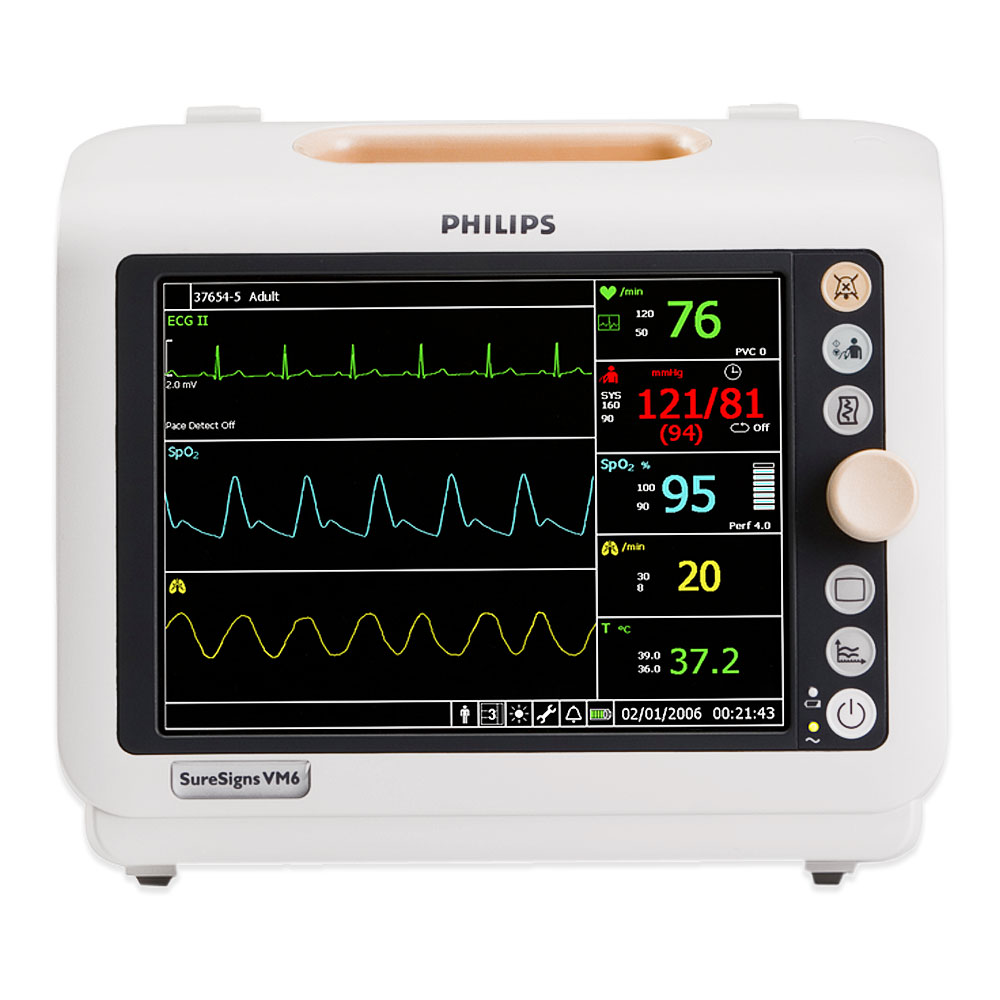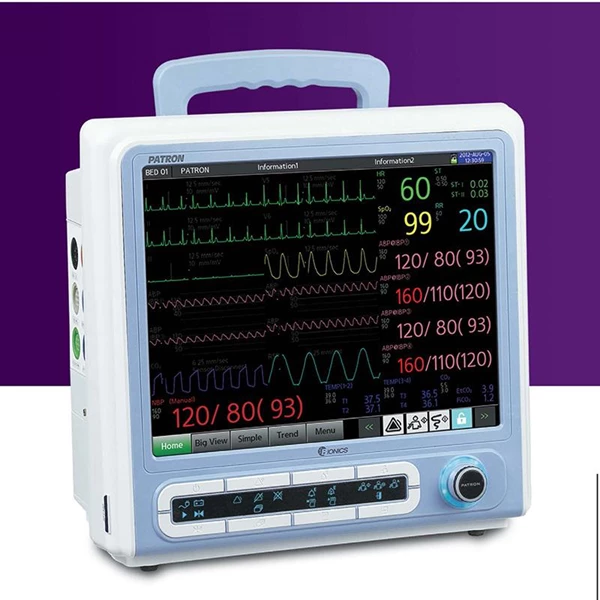Curious with What Parameters Can Be Measured with the Patient Monitor? – Check this article bellow.
Medical equipment is undeniable that they have sophisticated equipment. In fact, every day, there are discoveries of medical devices to cure various diseases that exist on this earth. Especially when we enter the operating room, there will be a lot of sophisticated equipment there.
One of the sophisticated tools that must be in the operating room is a patient monitor. Patient monitor is a tool that has a function to provide us with information about the patient’s condition. The tool contains a lot of hoses that will be attached to the patient’s body, so that we can find out in real time the patient’s condition. From the patient monitor we can get a lot of information about the patient’s physical state.

The information presented on the patient monitor is usually called a parameter. Parameters are the physiological parts of the patient that are examined through the patient’s monitor. If there are 5 parameters contained in the patient monitor, the patient monitor can only measure the five parameters contained in it to determine the patient’s condition.
There are several types of patient monitors, namely:
1. Vital Signs Patient monitors
This patient monitor has parameters that measure the patient’s condition standardly and almost all types of patient rooms in hospitals must have this patient monitor. These parameters include:

ECG (Electrocardiogram) is an examination of the electrical activity that occurs in the heart. In detail, the ECG provides us with information about the rate of the heart rate, the rhythm of the heartbeat, as well as the strength and timing of electrical signals as they pass through each part of the heart. This information is usually expressed in numbers. If the normal heart rate is 60-100 beats per minute.
Respiration is an examination of the patient’s breathing rhythm that occurs for one minute. This can help us determine whether the patient’s breathing is regular or not. And indirectly we can know the condition of the patient’s lungs whether the air spaces in his lungs are functioning well or not to receive air and filter it to be circulated throughout the body.
Blood saturation or SpO 2 is a measurement of the amount of oxygen available in the patient’s blood. This information is related to respiration information. If the number in the respiration parameter is low, it can be ascertained that the number in the blood saturation parameter is also low. Because if we lack oxygen when we breathe, it automatically transfers oxygen into the blood if it is reduced.
Tension or NIBP (Non Invasive Blood Pressure) is a parameter to determine the patient’s blood pressure. Normal blood pressure is usually 120/80. The number 120 indicates the level of pressure when the heart pumps blood throughout the body.
This type of monitor is usually placed in patient care rooms.
2. 5 Parameters Patient Monitors

This type of monitor has almost the same parameters as the vital sign monitor, but there is one added parameter, namely temperature.
Temperature is a parameter to measure the body temperature of the patient being examined. Normal body temperature is 36 o C-37 o C. 5 parameter monitors are usually placed in treatment rooms, ICU, ER, and some simple operating rooms.
3. 7 Parameters Patient Monitors
This type of patient monitor is usually placed in a fairly complex operating room. The parameters that are owned are almost the same as the 5-parameter monitor, but there is a difference, namely the addition. The additional parameters are as follows.

Invasive blood pressure is a parameter to measure the patient’s blood pressure through their blood vessels directly. The measurement method is to insert the cannula needle into the right artery. This technique is usually used when going to perform surgery. The cannula must remain connected to a sterile connecting system containing fluid and connected to the monitor. The advantage of this technique is that we can monitor the patient’s blood pressure beat by beat.
EtCo 2 (End Tidal Co 2) is a measurement of carbon dioxide levels in the patient’s respiratory system when the patient exhales carbon dioxide. This measurement is expressed as a percentage of CO 2 or mmHg. Normally is 5% – 6% CO 2 , equivalent to 35-35 mm Hg.
We hope that the information we provide above can help you. Have a good activity!
